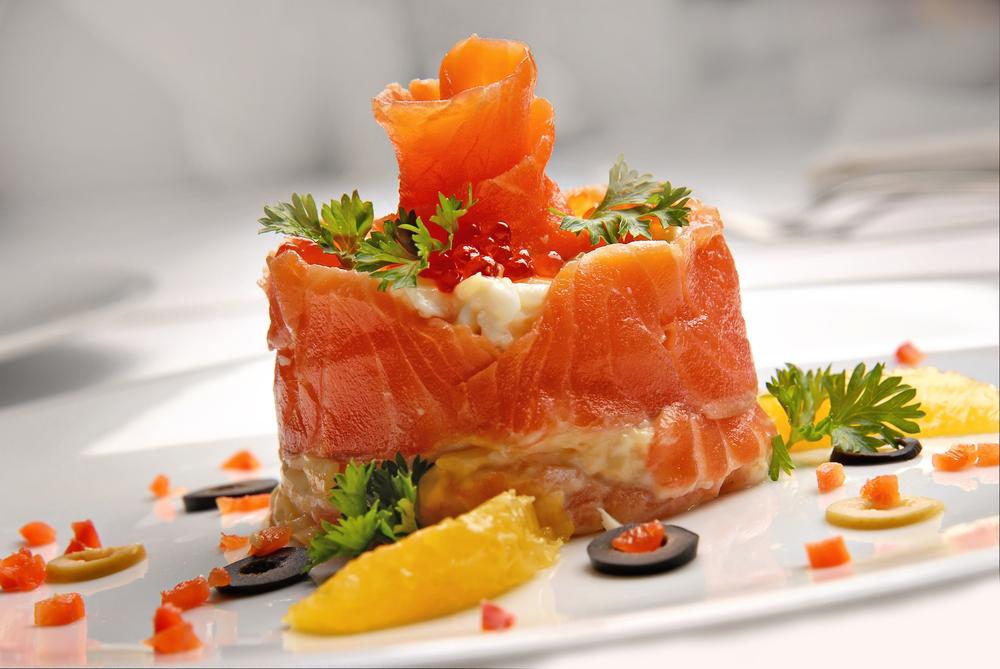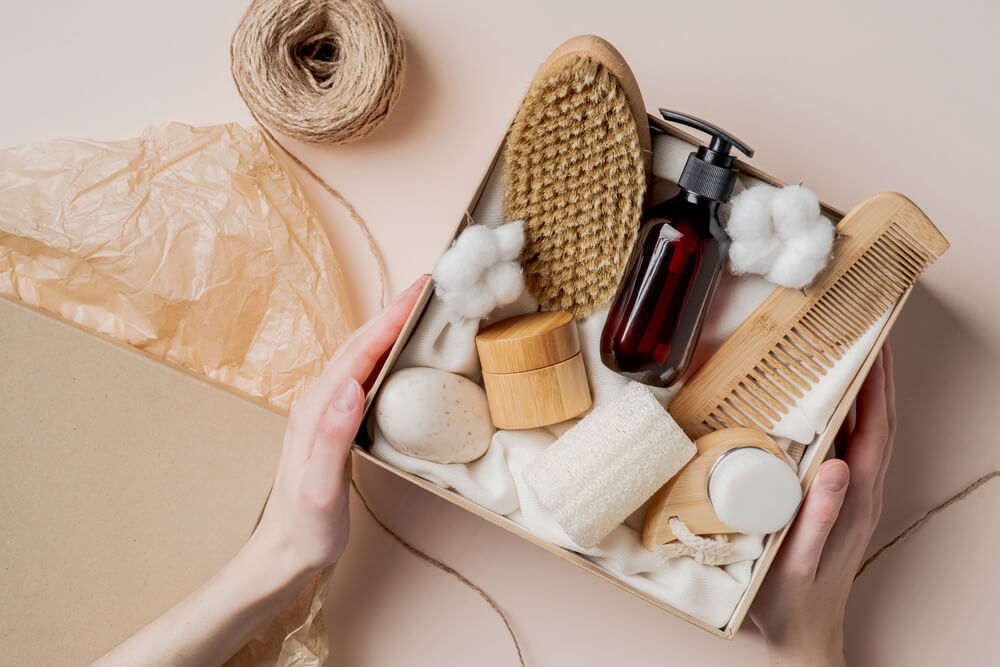Enjoying a meal involves a lot more than simply placing bite after bite of food in your mouth, then followed by chewing and swallowing until you are full. The chief aim for the entire Epicurean effect of dining–whether in environs of a home or in a world class restaurant–must involve several different aspects of the cooking and serving process. It’s not just simply about how any particular food tastes–enjoyment includes the texture, the manner involved in getting the food from the plate to your mouth, the specific aroma the dish exudes, the way it looks and then, the manner in which it is presented.
Appearance vs. Presentation
While the way a food looks may sound the same as the way it is presented, however, the two elements are independent of each other. The way a food looks refers to the consistency, the color, the sheen or lack of it– and the shape, among the main considerations. The way the food is presented has to do with the size, type and color of the plate upon which it is served, along with any special garnishes or embellishments. In terms of the plate size, often an oversized plate will be used to serve the feature item, in a statement-type of presentation–perhaps involving the drizzle of a sauce in an artistic rendition or other creative components.
Eat These Flowers
Some absolutely exotic flowers are showing up in a myriad of restaurant dishes and cocktails. There is something so compelling and romantic about the presence of flowers in haute cuisine. While most diners tend to regard these lovely blooms as ornamentation, they are all quite edible, and have been included in numerous world cultures as food for centuries. When included as a garnish, these flowers are typically presented in their most natural form, however, they can be crystallized, distilled, converted into special jams and more–but in every form, they are 100% edible. Each variety adds a certain characteristic flavor and texture that is very appealing. The extensive list of edible flowers is staggering, however, it is important for consumers to know that edible grad flowers have been grown under unique conditions and processed at the right time in order to be edible and safe to eat. These flowers do not come from florists and such. Not all flowers used as garnishes in restaurants are edible, so know your flowers, and when in doubt, ask. Victory Garden, in NYC’s West Village serves goat’s milk ice cream with floral flavorings as well as garnishes like pansies. California’s Sidecar Donuts serves several of their varieties topped with lovely, edible flowers.
Maurice, Portland, Oregon
This award-winning luncheonette is known for its exceptional pastries and teas, with some of the most beautifully presented deserts around. Try the beautiful black pepper cheesecake, with a touch of rhubarb in the center, and accompanied by celery sorbet–yes, celery sorbet! Their radish toast is a lovely array of crisp white circles framed in delicate red, with light green garnish.
Unusual Beauty
Chicago’s 42 Grams offers their demi-bouquet of perfectly arranged colorful lettuces concealing yummy Spanish prawns atop a perfectly sized slice of brioche toast. At Chicago’s Alinea, they make a meringue from black truffle that at first looks just like concrete. But one taste and you’re hooked. Their impeccable arrangement with fresh veggies and herbs sprout out all over, and finished off with a sprayed on carrot hue. Animal, located in LA is best known for offering the most obscure locally grown citrus fruits. One such production involves a tangerine-orange semifreddo curd, over which is drizzled a bergamot simple syrup. Topped with a more savory influence from pistachio dukkah, it’s the tart flavor that Animal diners yearn for.
Duck Egg, a la Seattle
Canlis’ sous chef Mario Hevia came up with a fabulous duck egg–a distinctive transition that is full of rich color and texture, surrounded by a rich array of green colored spring produce and seaweed. Lovely wisps of lavender flowers complete the visual, here, for a ravishing feast to soothe the eyes and the constitution.






[…] Off the Hook Grill, 728 Simonton St, Key West, FL 33040 Rated #9 of 314 Tripadvisor restaurants among Key West places to eat, this one comes with the lauded Certificate of Excellence. Dishes […]